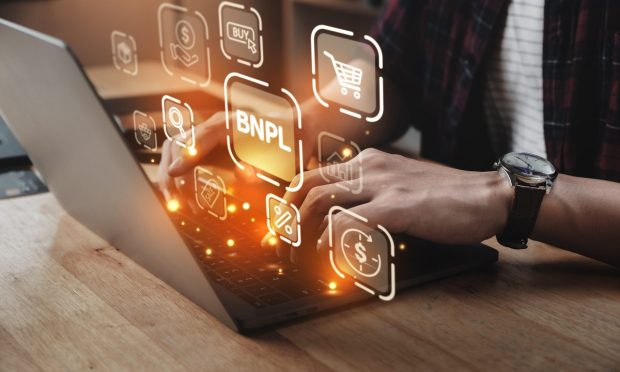How BNPL Upended Nearly a Century of Installment Payments

The buy now, pay later (BNPL) market was valued at $125 billion last year. By the end of the decade, it could be worth close to $3.3 trillion, a figure that represents a compound annual growth rate (CAGR) of 44%.
Where will that growth come from? In part, from an increased awareness of these payment plan products, but also from a desire among consumers to avoid interest payments.
BNPL also has an edge over other credit products, as there are less intensive credit checks involved, as well an easier path to credit for people whose credit history doesn’t let them qualify for other products.
North America is the most active region for BNPL use, with its online shoppers marking the largest segment for BNPL purchases in 2020. But the Asia-Pacific region has the fastest growth in BNPL purchases, and ongoing price increases for home appliances in that part of the world are expected to help fuel growth even further.
In a way, BNPL is nothing new. People have been buying things on installment plans since at least the Great Depression.
But BNPL changed the game by allowing consumers to take their purchases home before they were done paying for them, something that would have been unheard of in the days of layaway.
That makes it much closer to other credit products, like credit cards, only without interest payments. The current version is only BNPL 2.0, however: BNPL 3.0 will take things a step further, offering smoother, more seamless consumer experiences along with better reach for merchants, with a more white-label experience customized to each store.
To find out more about what’s happening in the world of BNPL, download the Buy Now, Pay Later Tracker, a PYMNTS and Splitit collaboration.
